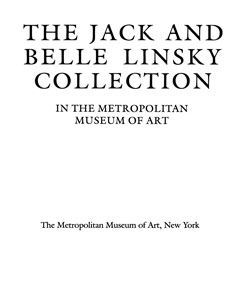Wild Man
This statuette was included, hors catalogue, in the 1980 exhibition at The Cloisters, “The Wild Man: Medieval Myth and Symbolism.”[1] The hirsute species survived well into the sixteenth century, notably in the imagery of Albrecht Dürer, but in an increasingly heraldic role. Our example no doubt brandished a club in his raised right hand and with his lowered left (where there are remains of a pin) steadied a shield, as did the Wild Men that functioned as supporting figures or finials on various earlier utensils.[2] He might have served as either a support or a finial for an object such as a large tankard; wide holes in his seat and in the top of his head indicate that the place of attachment could have been at either end. The Linsky Wild Man illustrates the fundamental conservatism of dinanderie as it survived into the sixteenth century, the only novelty being the diamond-shaped gouges that characterize his hairy hide.
[James David Draper, The Jack and Belle Linsky Collection in the Metropolitan Museum of Art, New York, 1984, pp. 165–66, no. 81]
Footnotes:
[1] The exhibition catalogue by Timothy Husband (which bears the same title) presents the background for the development of the Wild Man in medieval art and literature.
[2] See nos. 50–52 in The Cloisters catalogue.
Due to rights restrictions, this image cannot be enlarged, viewed at full screen, or downloaded.


